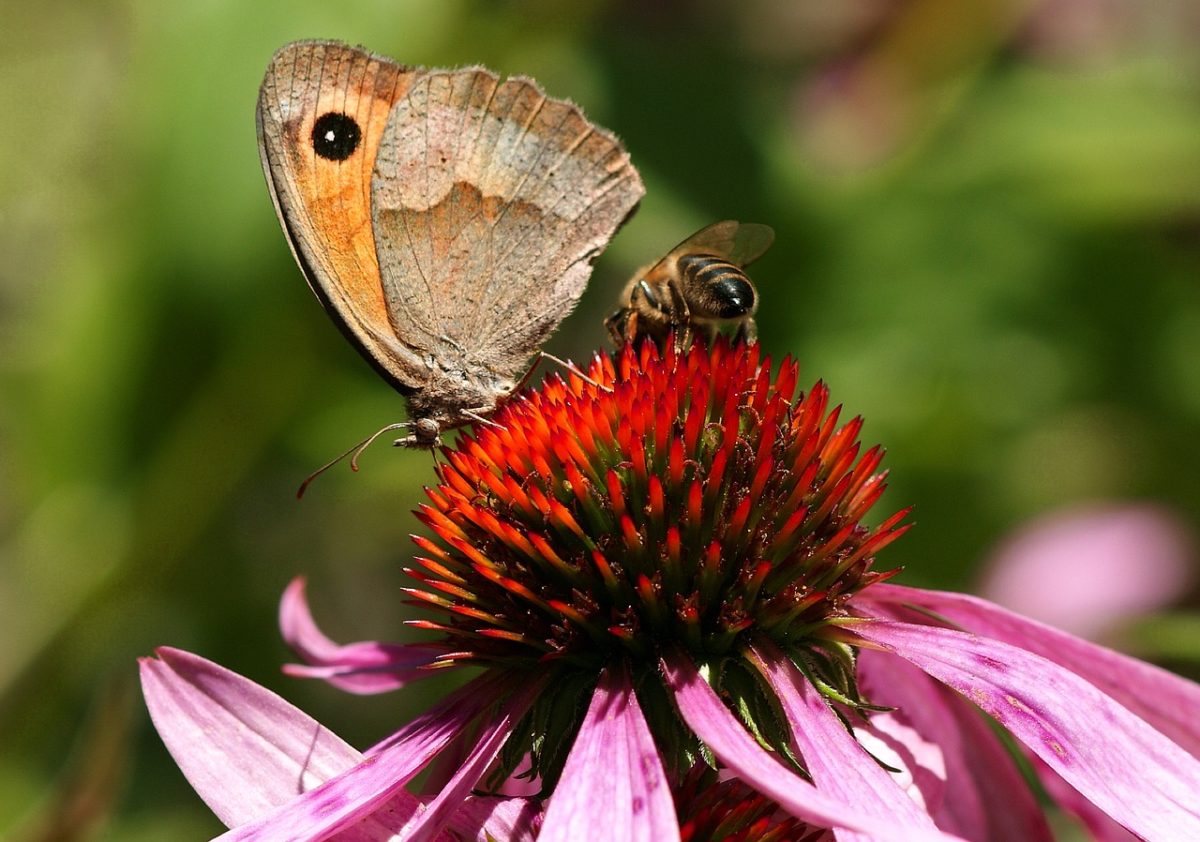🍂 Why You Should Leave Some Leaves for Pollinators and Soil Health
When fall arrives, it’s tempting to grab a rake and clear every last leaf from your lawn.
But before you bag them all up, consider this: leaving some leaves on the ground can benefit both your soil and your local pollinators.
At LawnMart, we believe a healthy lawn isn’t just about appearance—it’s about supporting a thriving, sustainable ecosystem right in your backyard.
🌿 The Hidden Benefits of Fallen Leaves
Fallen leaves are more than just seasonal clutter.
They’re nature’s mulch and compost, rich in nutrients that feed the soil and improve its structure over time.
When you leave a thin layer of leaves on your lawn or garden beds, they:
Add organic matter that enriches the soil.
Help retain moisture, reducing the need for frequent watering.
Protect plant roots from temperature swings in winter.
Reduce erosion caused by rain and wind.
Instead of viewing leaves as waste, think of them as a natural soil enhancer that promotes healthier, greener growth come spring.
🐝 Leaves Create Habitat for Pollinators and Beneficial Insects
Many important pollinators and insects rely on fallen leaves for survival during the colder months.
When we clear leaves completely, we often remove their shelter and nesting spaces.
Here’s what’s hiding beneath the leaf layer:
Butterflies and moths: Many species lay eggs or overwinter as caterpillars in leaf litter.
Bees: Ground-nesting bees use undisturbed soil and leafy cover for protection.
Ladybugs and beetles: These beneficial insects hide under leaves to escape frost and predators.
By leaving some leaves under trees, shrubs, or in garden corners, you’re giving these pollinators a safe place to overwinter—ensuring they’ll return in spring to help your flowers, fruits, and vegetables thrive.
🌱 How to Leave Leaves the Right Way
You don’t have to let your yard disappear under a thick blanket of leaves.
A balanced approach works best:
Mulch lightly: Use a mulching mower to shred leaves into small pieces that can stay on the lawn without smothering grass.
Designate “leaf zones”: Rake some leaves into garden beds or under trees where they’ll break down naturally.
Avoid blocking walkways and drainage: Keep key areas clear for safety and water flow.
Compost excess leaves: If you have too many, turn them into leaf compost for spring planting.
🌻 Environmental Benefits
Leaving some leaves is an easy, eco-friendly way to:
Support local biodiversity
Cut down on waste from yard debris
Reduce the need for synthetic fertilizers
Create a more balanced lawn ecosystem
A small change in your fall cleanup routine can make a big difference for your pollinators, plants, and soil health.
Why You Should Leave Some Leaves
Why You Should Leave Some Leaves
